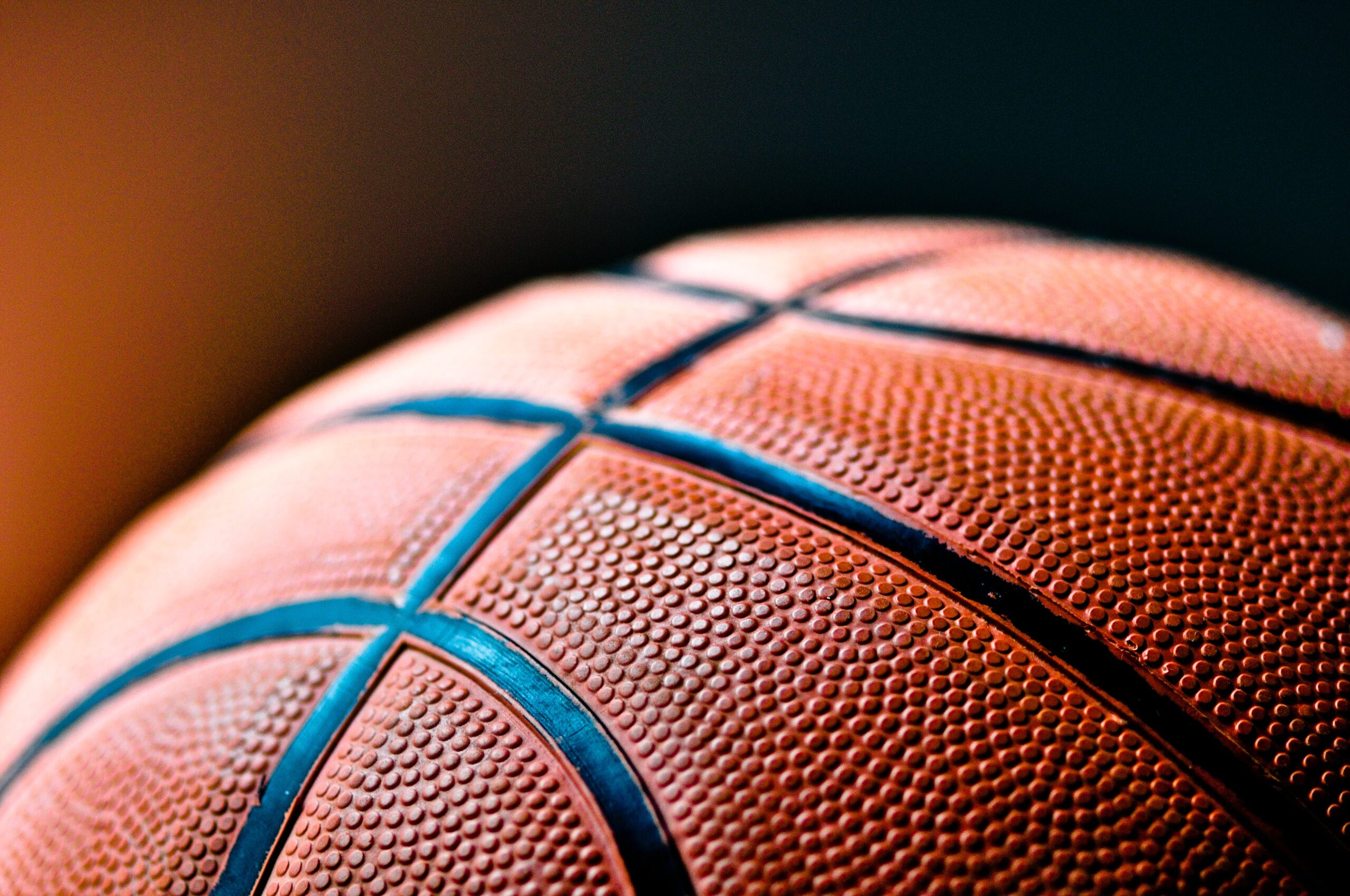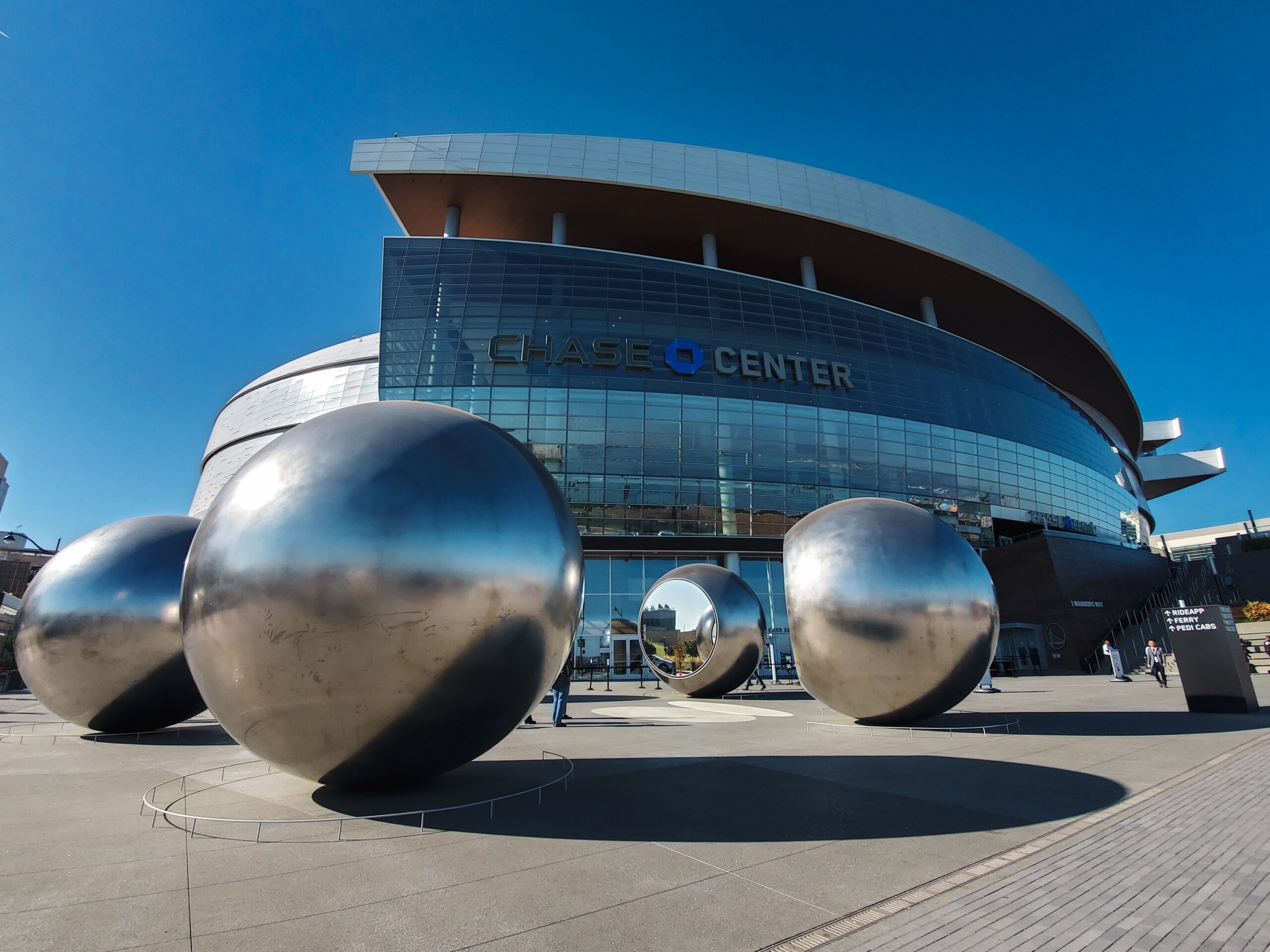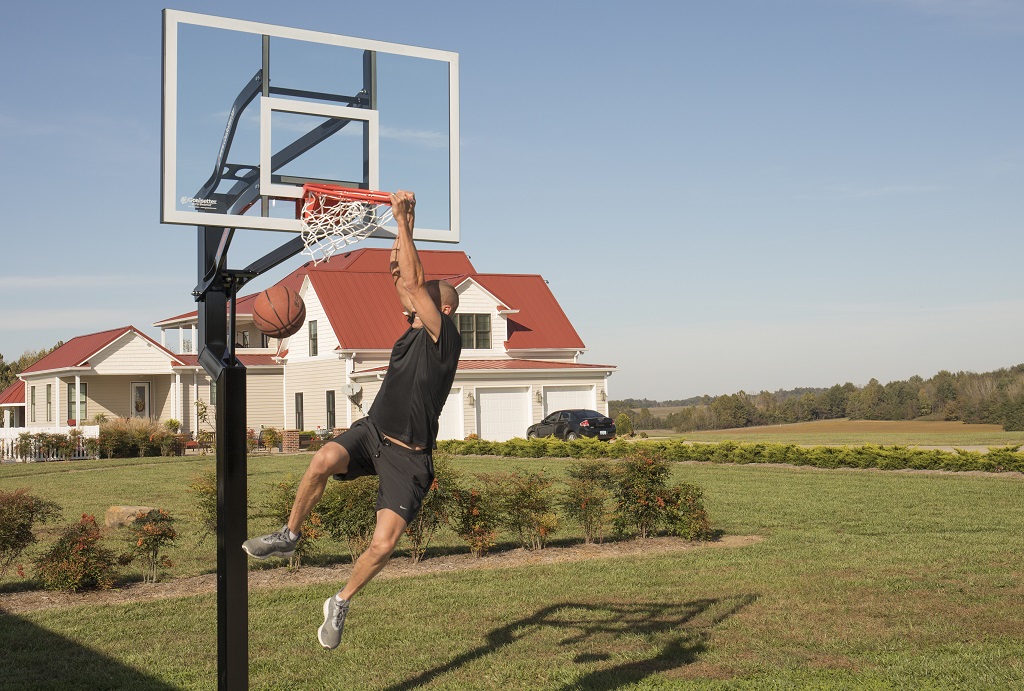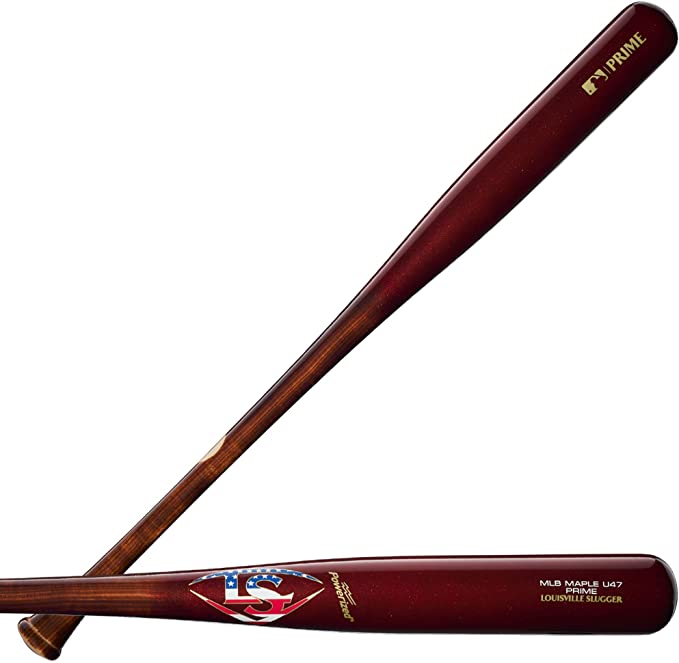Fights are not common in today’s game but do happen. When they do, the fighter’s teammates will usually come to their aid when it gets too rough. There are several ice hockey leagues around the world, and every league has its own rules about fighting. Still, generally, fighting is not permitted in amateur leagues below the junior level. In professional leagues, it is usually permitted with few limitations.
Fighting in Ice Hockey, especially in NHL, is a part of ice hockey’s culture. Fighting in the NHL is against the rules however the penalty for fighting id quite lenient for players. Long suspensions rarely happen for fighting in ice hockey.
This article will explain what happens when two players want to throw down, how it usually starts, and the consequences of fighting in the NHL.
What is Fighting in Ice Hockey? How Does it Happen?
Fighting in Ice Hockey is when two players decide to throw down and engage in a fight. This typically happens when one of the players (on either team) feels like they’ve been disrespected or feel like their teammates were targeted. These situations often happen after big hits, strong moves, or strong words from an opponent.
Fighting can occur for a variety of causes during a hockey game. Retaliation, momentum-building, intimidation, deterrent, seeking to draw “reaction penalties,” and safeguarding star players are all motives linked to gameplay. The referees blow the whistle twice when this happens, signaling the fighting time is over. They both get 5-minute penalties for fighting in ice hockey leagues such as NHL.
Many times it’s believed that fighting is a way for players to release anger or frustration, so they don’t take it out on their teammates later in the game. This sounds good until you start thinking about the long-term effects of fighting during hockey games.
Because these situations happen so quickly, it is hard to tell if the players and coaches (or perhaps the referee). Sometimes you’ll see players go into a fight with their fists already clenched. If this happens, we usually see an even tougher battle than normal. Players who are known for being enforcers or goons usually get into these types of fights.
Is fighting actually allowed in hockey?
In ice hockey, fighting may have major ramifications for both individuals and the teams. On the other hand, fans and authorities promote it so that players may settle conflicts. On the other hand, rules and repercussions are ambiguous, and if a player participates in a fight, it may result in severe penalties, suspensions, and fines.
Fighting is only permitted in hockey, which is a professional sport. Despite the fact that fighting on the ice is technically against the rules, two players will only be penalized for five minutes rather than a long suspension.
Suppose a more serious injury results from an on-ice fight, the player who initiated the conflict may be ejected from the game. Many unwritten rules control the players’ behavior, making hockey combat considerably more intricate. Over time, those regulations are continuously changing, and fighting in the sport used to be considerably more common. Because of this, players who could hardly produce offensively and received very little playing time were considered a necessity in the lineup.
You can also check this Youtube video to know more on why fighting in Ice Hockey is allowed: https://www.youtube.com/watch?v=ie-MWjkHXhU
What Happens to the Player who Starts the Fight During a Hockey Game?
When NHL players fight, they usually lose at least 5 minutes in penalties. If you take 10 minutes or more in penalties for fighting, the team will play shorthanded against the other team for that period of time and may lose a player to a suspension (if he was ejected). If it is deemed that one player attacked another without provocation, he may receive 10+ game misconduct or even a suspension.
Furthermore, a player is automatically removed, suspended, and fined if he or she commits three severe offenses (including fighting) during a game. A player who is dismissed for three major penalties or the use of weapons in a game cannot be substituted for five minutes.
The same punishment is applied if players fight while wearing skates but their feet are not strapped to them; this forces players to fight with their hands rather than the blades of their skates. For fights that occur away from the bench or off the playing surface (both types are common), players who participate may either be ejected or suspended for at least 5 games. If this happens, players can receive longer suspensions.
What happens when fighting occurs in ice hockey games?
In an Ice Hockey game, there are definitely fights that occur. This is the reality of Ice Hockey games. Although fighting is technically against the rules of hockey, it’s still an important part of the game. According to experts, fights keep players in check and prevent them from getting frustrated if they’re behind on their competition. It can even serve as a useful tactic during certain games. Fights may also occur because of specific rules that are associated with the game, such as during overtime or penalty shots.
Fighters come on to the ice and fight for a certain amount of time set by the NHL rules before they have to go to the penalty box. One punch, while the other blocks punch and try to land one. This goes on until the refs break them up or someone gets tired.
If a fight occurs during a hockey game, the referees may not stop it. If there is no referee nearby or if the fight happens in an area where other people can’t see it, officials will stop the fight. In fact, according to many experts, players will feel comfortable fighting because the referees are present and aware of what’s going on.
Who decides how long the penalties are?
Typically, the referees determine how long a player will be off the ice after he’s ejected from the game. Players who instigate fights and participate in them may also receive additional penalties, such as fines or suspensions. If a fight results in an injury to any of the players involved, then it may result in further disciplinary action.
However, penalties associated with fighting may vary depending on the team, league, or referees that are officiating the game. Most experienced players know how much they can get away with before getting ejected from a game or receiving penalties. Some penalties call for two to five minutes of penalty time, which is enough time for teams to lose their momentum.
However, there are times when players may receive penalties that last for longer than five minutes. This is usually because the referees believe that a player could have injured another player or ended up breaking a rule during the fight.
How long is a typical suspension for someone who fights in ice hockey games?
A player can be suspended for one or more games if he participates in a fight. The exact length of the suspension will depend on how many fights the player has participated in and whether there was any injury to another person as a result of the fight. Different types of suspensions may come into play, such as supplementary discipline or automatic suspension.
The consequences that come with fighting on the ice can vary. The level of punishment or suspension will depend on how many offenses or penalties are associated with the fight, which may happen more than once. One player might receive a fine, while another may end up in jail or charge with an assault charge. When it comes to suspensions, they may last anywhere from one game to the rest of the season, depending on the degree of injury.
What happens if a player gets ejected from the game for fighting?
If a player receives a major penalty and is ejected from the game, then his team will be shorthanded for five minutes. The opposite team will also be down a player for five minutes. This may result in more goals by the opposition, or their goaltender may make “saves” that he would not otherwise make if they were on an equal amount of players.
If the ejected player is on the home team, then they will forfeit any time remaining in periods within regulation. If it is during overtime or the shootout, then the game continues with three players per side. This can lead to an increase in scoring chances and goals by both teams. If the ejected player is on the away team, then his team will still play with five players for either overtime or the shootout. Since there are two players short, this can also increase scoring chances and goals.
Many experts believe that continuing to show up for games and participating in fights will result in additional suspensions and possible ejection from future games. The ejected player then may be subject to further disciplinary action or fines. As with any disciplinary action, suspensions may vary depending on the severity of the infraction.






